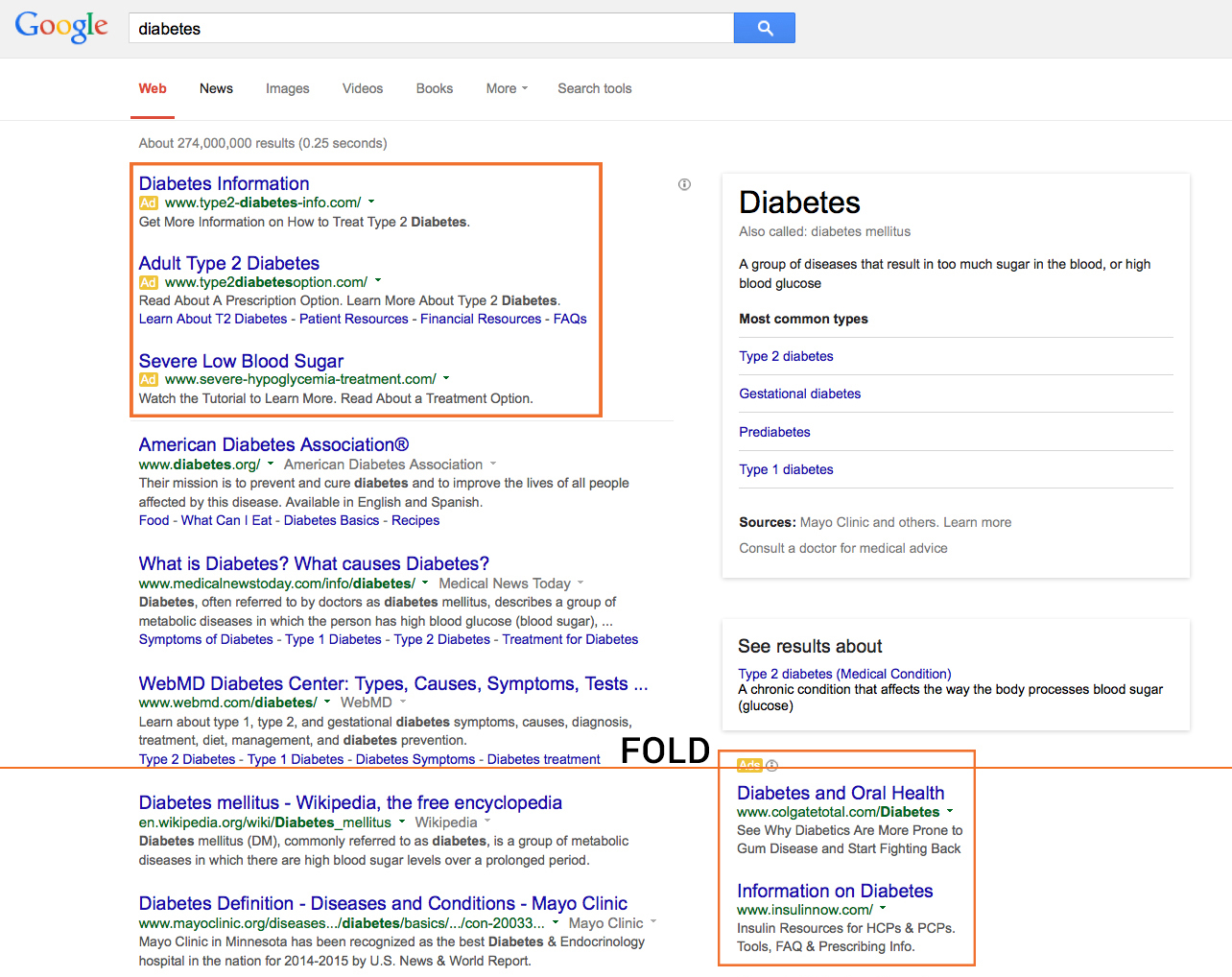Editor’s note: Owen McCorry is the senior vice president of health at Merkle.
Google recently announced the rollout of an update to its Knowledge Graph, which now provides a broad set of answers to common medical questions for searches related to health conditions. According to Google’s official blog, one in 20 searches is health related, so as they expand on the search terms triggering the new Knowledge Graph result, the potential number of queries affected by this update could be very significant.
The Knowledge Graph results will now include common symptoms, treatments, typical age group affected by the condition, whether it is critical, and more.
Google partnered with the Mayo Clinic to develop the content associated with the graph, and the information displayed has been reviewed and evaluated by an average of 11 physicians. The search results for some conditions will include illustrations from licensed medical illustrators – there is no word yet on which conditions will contain these illustrations, but they currently show for terms like type 2 diabetes, broken leg, pneumonia, frostbite and pink eye.
Although it’s hard to predict the short-term impact of this update on health-related paid and organic search, there are some initial observations to consider. This update is not only going to shift consumer search behavior, but also the strategies used by marketers to deliver content through paid and organic search.
Implications for patients
Consumers have become increasingly advanced in their use of technology to search for the information they need, but despite their proficiency with the devices and platforms, they are not always as advanced in their ability to choose the search terms that will produce the most useful results – particularly in the medical field.
The new Knowledge Graph results will help create a better patient experience for users at the top of the funnel who are searching on a broad keyword set. It will deliver content that is easily digested and will enable a more defined search for the patient to continue researching either within Google or other websites, such as WebMD, where patients will find the more detailed information they’re seeking.

Implications for healthcare providers
At this point, the perceived implications and benefits for healthcare providers are less significant, as the Knowledge Graph is triggered by broad categorical search terms and addresses the consumer’s need for basic information.
While many healthcare providers search daily for information, they are more likely to use more targeted terms (i.e. drug interactions, generic names, side effects and other indications) and favor online medical journals for scholarly articles and studies on conditions or drug prescribing information.
We know that implementing structured data like schema markup helps Google read pages and can provide rich snippets in search results, so any evolution in Google’s search results to provide richer information for healthcare would be a welcome addition.
Business implications for paid and organic search
In this iteration of the Knowledge Graph, pharma brands likely won’t see much impact on organic search, but could begin to see big shifts within paid search. If a patient searches for a broad, disease-state term like “pink eye,” a manufacturer’s site won’t typically rank high in the search results (often not even on the first page). Instead, that query will typically list content publishers such as WebMD, Wikipedia, etc. higher on the page.
Top-of-funnel queries result in general content being delivered based on the perceived need. As the healthcare graph matures and more search terms deliver the new results, the way in which companies approach search engine optimization and marketing will need to shift to better target their audiences. Understanding what words to target at the various stages of the funnel to deliver the content needed for an optimized customer experience will be crucial to paid search ROI.
Two specific paid search implications will be 1) decreased click-through rates to websites and 2) increased cost of paid search because only the top three spots on the left will show because the right rail will be occupied by the Knowledge Graph.
Premium positions will become increasingly costly as companies seek to remain in top positions and increase bids to maintain visibility for high-level keywords, which patients in all stages of their disease state search on.
